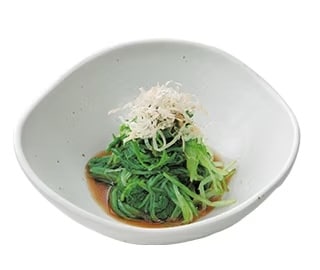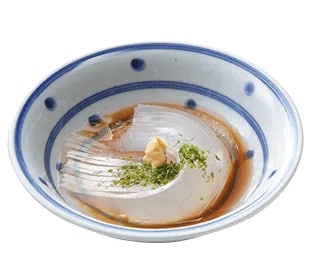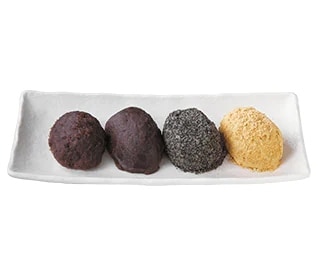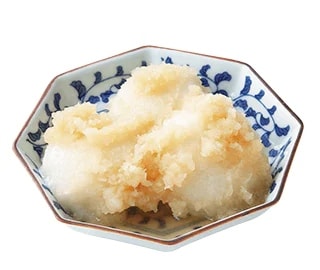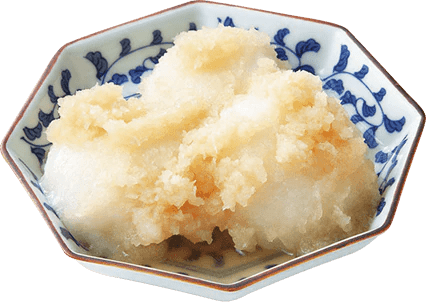
Mochi is made by pounding steamed glutinous rice using a wooden mortar and mallet in a centuries-old tradition known as mochi-tsuki (pounding). It is said that the origins of sticky, rather chewy mochi (glutinous rice cakes) can be traced as far back as the Yayoi period (3BC-2BC) in Japan.
Mochi is not just delicious; its various forms carry distinctive meanings, and there is a custom of making it on special and festive occasions, when it is not only offered to Shinto deities, but enjoyed among family and friends. To celebrate the New Year, individual households or local communities traditionally pound mochi and form it into round, white kagami-mochi, which are set out as offerings. These two-tiered rice cakes are regarded as the embodiment of the gods, and it was once believed that eating them imparted spiritual and regenerative energy. Mochi is also served in zoni soup on New Year’s Day. During kagami-biraki on January 11, families break up the kagami-mochi offerings into smaller pieces, and eat them to receive the blessings of the gods.
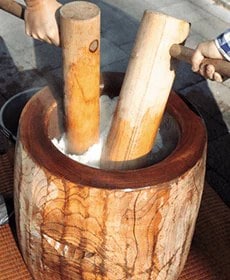
with a mallet
Eating mochi is not limited to special occasions, however; it is enjoyed year-round in any number of different ways. Immediately after pounding and forming, mochi is soft and can be eaten as, for example, karami-mochi by tearing it into bite sizes, and dressing it with grated daikon seasoned with soy sauce. Another popular snack is isobe-maki, a delicious treat of grilled mochi seasoned with soy sauce and wrapped in Japanese nori seaweed.

